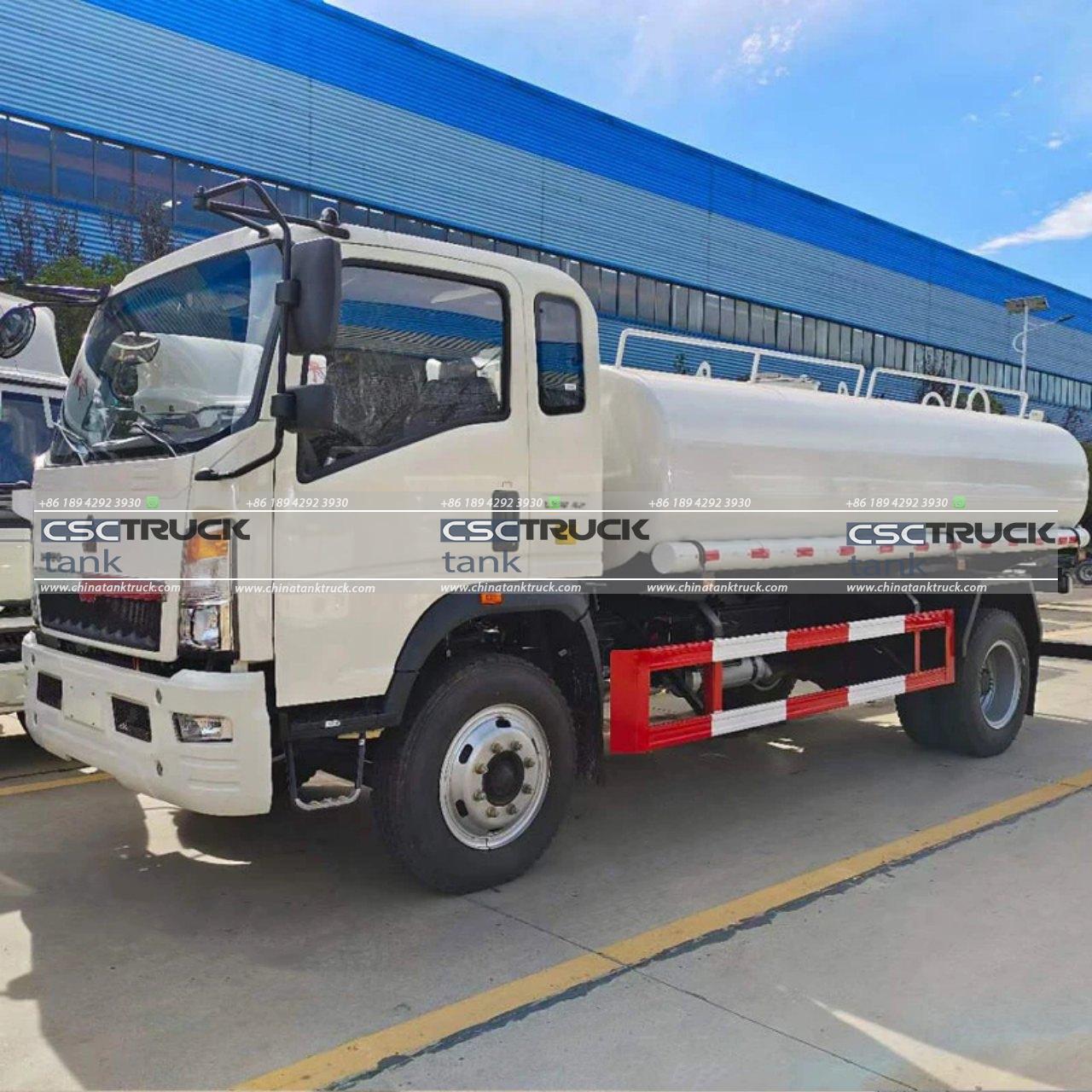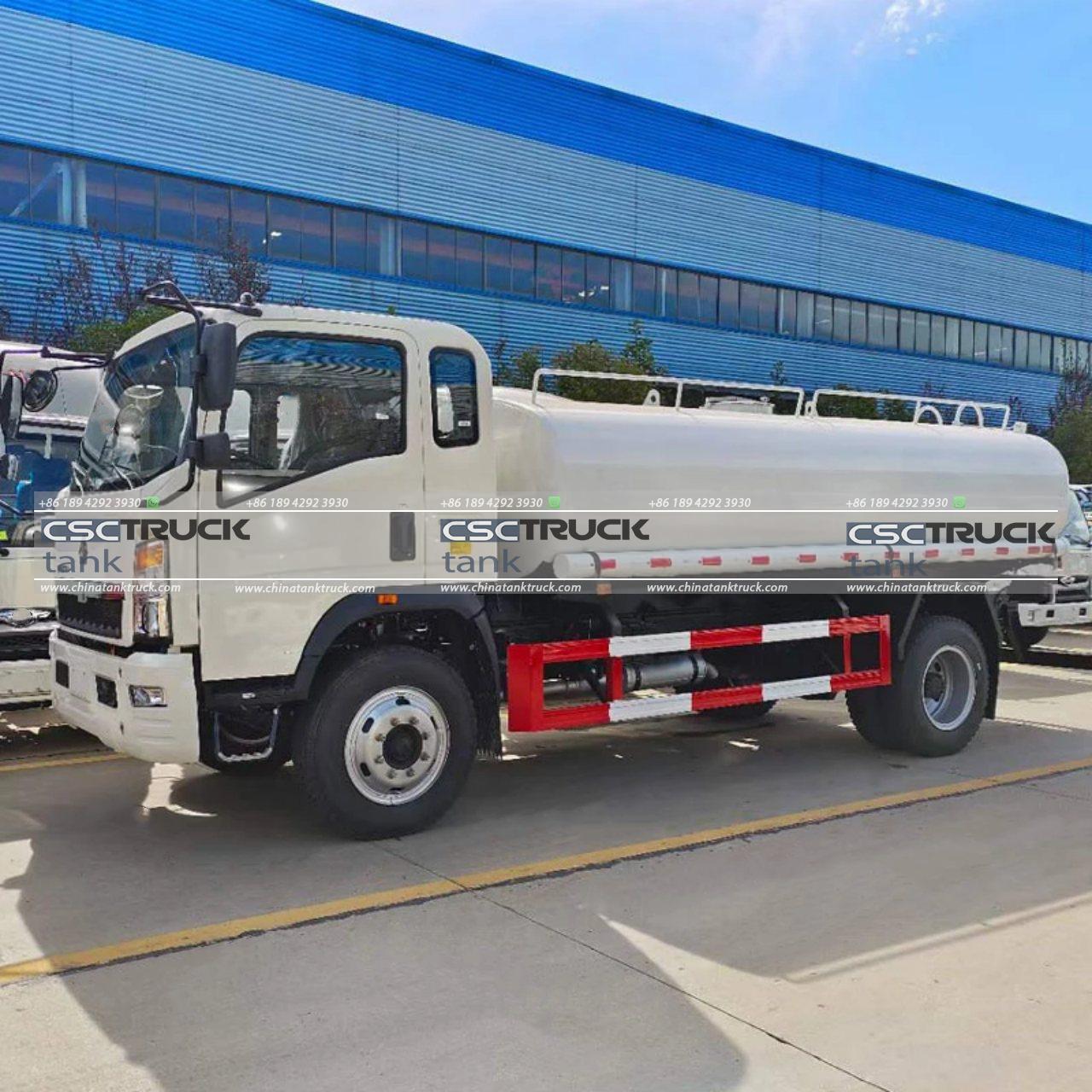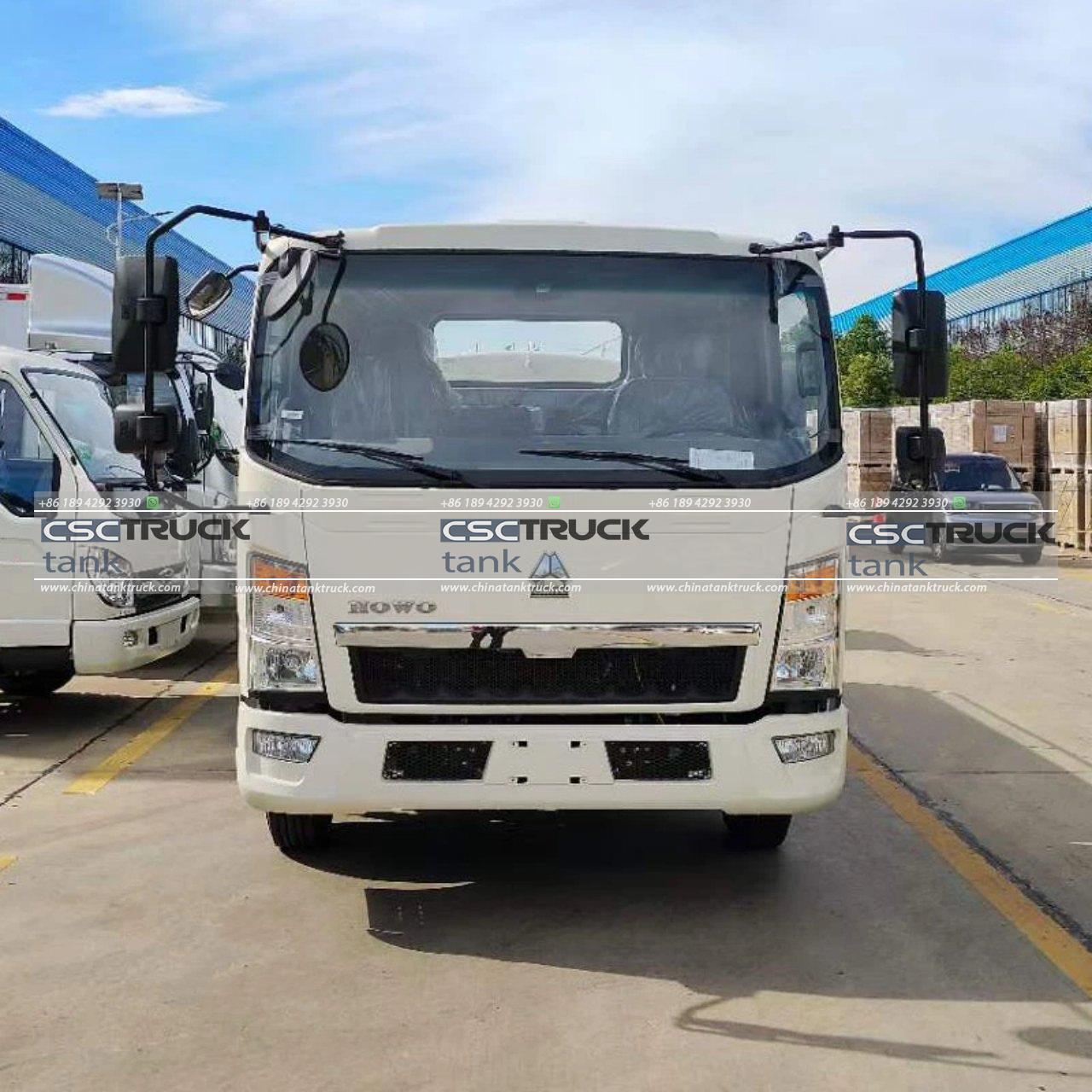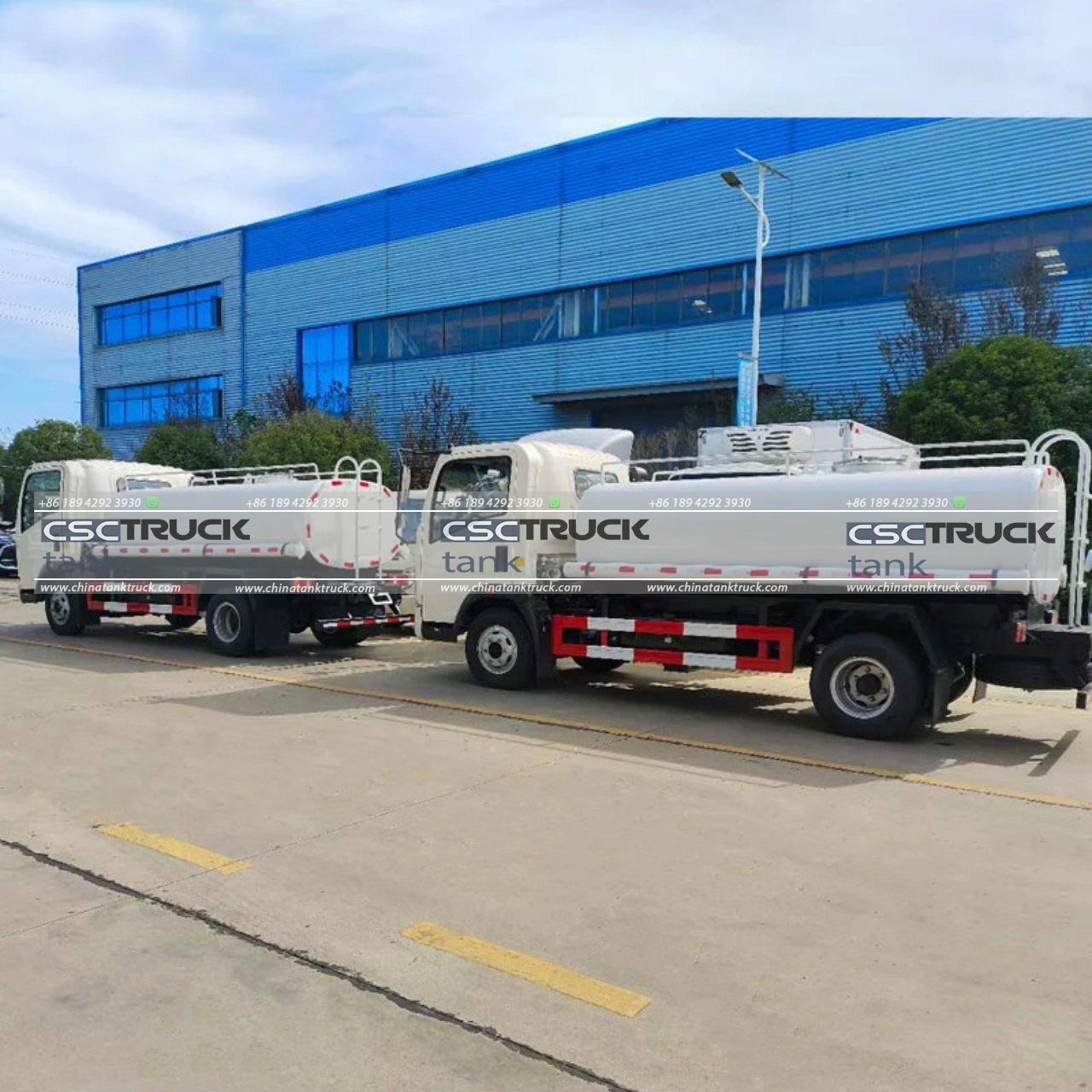How to Fill up a Water Tank Truck
Water tank trucks play a crucial role in various industries, from construction to firefighting, agriculture, and municipal services. These versatile vehicles are equipped with large tanks to transport and distribute water where needed. However, safely and efficiently filling a water tank truck requires a solid understanding of the process and the necessary equipment. This article provides a comprehensive guide on how to fill up a water tank truck, covering everything from preparation to safety protocols.
1. Understanding the Water Tank Truck’s System
Water tank trucks are specially designed with a large cylindrical or rectangular tank mounted on the truck chassis. The tank’s size can range from a few hundred to several thousand gallons, depending on the truck’s purpose. They often come equipped with hoses, nozzles, and sometimes pumps, which can be either manually operated or powered by the vehicle’s engine.
Each water tank truck also has specific inlet and outlet ports used to fill and discharge water. It is essential to be familiar with these components and their placement on your specific truck model before you start the filling process. The fill port is generally located at the top of the tank, while discharge outlets may be positioned at different points to optimize water distribution.

2. Pre-Filling Preparations
a) Inspect the Tank and Equipment
Before starting the fill-up process, inspect the water tank and all related equipment to ensure they are in good condition. Check for any visible signs of wear, such as rust, leaks, or damaged hoses. Confirm that the valves are functional and that the inlet is clean and free of obstructions.
b) Verify Water Source Quality
The quality of water used is especially crucial when the truck is employed for drinking water supply, agricultural irrigation, or firefighting. Make sure to source water from a clean, uncontaminated location, and if the truck is being filled from a hydrant or public water supply, check the quality and clarity. If the water is to be used for human consumption, it should meet drinking water standards.
c) Check Pump Compatibility
If you’re using an external pump to fill the tank, make sure it is compatible with your truck’s inlet size and flow capacity. Certain pumps can deliver high flow rates, which could over-pressurize the tank if not monitored, so ensure the pump is properly rated and suited for the truck.
3. Safety Precautions
Safety is paramount when handling large volumes of water and heavy equipment. Here are some important steps to follow:
– Wear Protective Gear: Gloves, eye protection, and non-slip footwear are recommended.
– Ensure Stable Ground: Position the truck on level ground to avoid tipping, especially when the tank starts filling.
– Observe Capacity Limits: Never exceed the maximum capacity of the tank, as overfilling can lead to structural strain or damage, and, in some cases, spillage during transportation.
– Avoid Contamination: Prevent foreign objects, dirt, or harmful chemicals from entering the water tank during filling.

4. Steps to Fill a Water Tank Truck
a) Position the Truck Near the Water Source
Park the truck as close to the water source as possible, whether it’s a hydrant, water tank, or reservoir. The closer the truck is, the less hose length you’ll need, reducing the chance of pressure loss. Ensure that the truck is securely parked, preferably using wheel chocks, to prevent any movement.
b) Connect the Hose
Select a hose that matches the truck’s inlet size and attach it securely. A durable, flexible hose is ideal to withstand the water pressure. Depending on the setup, you may use a coupler or clamp to secure the connection tightly to prevent leaks. Ensure there are no kinks or sharp bends in the hose, which could disrupt water flow or reduce pressure.
c) Use a Pump, if Required
If the water source does not have adequate pressure to fill the tank efficiently, use an external pump. Pumps can be submersible, centrifugal, or powered by gasoline engines. Connect the pump outlet to the hose that leads to the truck’s fill port. Adjust the pump’s flow rate to avoid overwhelming the truck’s inlet or creating excess pressure.
d) Begin Filling
Once everything is securely connected, begin filling the tank slowly. Monitor the fill rate closely, especially if using a high-capacity pump, as the water may fill faster than expected. It’s essential to stay vigilant to prevent overfilling.
e) Monitor the Tank Level
Water tank trucks typically come equipped with a tank level gauge. Keep an eye on this gauge or, if one isn’t available, periodically check the water level manually by observing the tank’s sight glass or accessing the fill port. Avoid standing too close to the fill port, as water could overflow and create a slip hazard.
f) Check for Leaks
As the tank fills, inspect the hose connections and the tank itself for any leaks. If you notice any dripping or water escaping from the fittings, stop the filling process and tighten the connections as needed. Properly secure all connections before resuming.
g) Stop Filling
When the water reaches the desired level, turn off the pump or close the valve on the water source. Avoid filling the tank to the very top, as some space allows for expansion and prevents spillage when the truck is in motion.
5. Disconnecting and Securing Equipment
Once filling is complete, disconnect the hose and secure all equipment. Carefully coil and store the hose, ensuring it is free of water by holding one end higher than the other. Properly close the tank’s fill port and confirm that all valves are tightly sealed to prevent water leakage during transportation.

6. Post-Filling Checks
a) Inspect the Tank Again
Perform a quick final inspection of the tank and surrounding area to confirm there are no leaks or loose connections. Check the tank’s level gauge to verify the amount of water loaded.
b) Document the Water Volume
If the truck is used for commercial purposes, it may be necessary to record the volume of water loaded for billing, tracking, or logistical purposes. This data can help with scheduling the next fill and managing water usage effectively.
c) Secure the Truck for Transit
Once filled and checked, secure the truck’s exterior components and drive with caution, as the weight of a full water tank can impact braking and handling. Adjust your driving to account for the added weight and potential sloshing of water within the tank.
7. Important Considerations for Specific Uses
Water tank trucks serve diverse purposes, each requiring specific considerations:
– For Firefighting: Use only clean, uncontaminated water sources. Test the pump system to ensure quick response and adequate pressure in case of an emergency.
– For Agricultural Use: If delivering water to crops or livestock, the water should be free of contaminants. Be mindful of any additional nutrients or treatments needed.
– For Drinking Water: Ensure the water quality meets the health standards and sanitize the tank regularly to prevent bacterial contamination.

Conclusion
Filling a water tank truck involves understanding the vehicle’s specifications, following safety protocols, and being attentive to the filling process to avoid overfilling, leaks, or contamination. With proper preparation and careful monitoring, the process is straightforward, ensuring efficient and safe water delivery.

